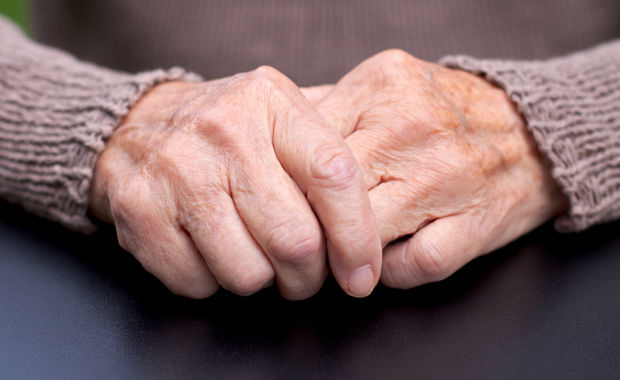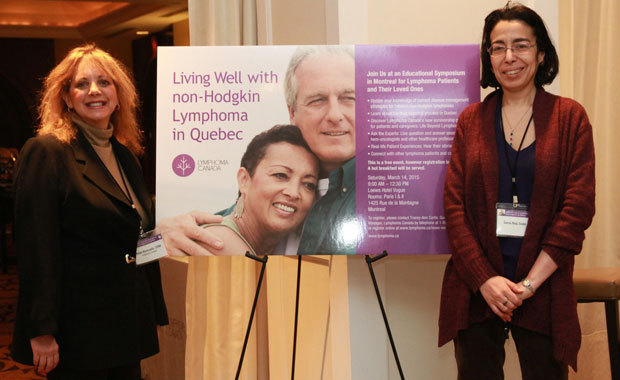From Sunlight To Smartphones: How Changing Lifestyles Are Affecting Our Vision
News The human eye is a wonderful and hugely complex organ. But like most complicated machinery, it’s a sensitive device that can be prone to injury if not properly taken care of.

With new channels for communication and changes in our lifestyles, our eyes today are at greater risk for damage than ever before. In light of this, optometrists are engineering new ways to protect our vision from harm.
“It’s important that we’re protected from the cradle to the grave, so to speak. Even babies should be wearing proper UV protection.”
UV exposure
Most people are fairly familiar with the dangers of ultraviolet (UV) light, yet the number of Canadians who suffer from UV-related vision problems continues to grow at a rapid pace. Statistics indicate that about 2.1 million Canadians over the age of 50 suffer from some form of macular degeneration (AMD), a medical condition that’s often caused by damage to the retina from prolonged exposure to UV and other harmful lights, and that number is increasing by 78 to 80 thousand each year.
What these statistics show is that we need to take greater precautions against UV. And according to Dr. Diana Monea, a Calgary-based optometrist, that’s particularly true for certain at-risk age groups. “Children under the age of 18 and adults over the age of 45 are at much greater risk for UV exposure. For children it’s because the lens inside their eyes and also the cornea is so clear. For adults it’s because protective mechanisms in the eye break down,” she says.
“It’s important that we’re protected from the cradle to the grave, so to speak. Even babies should be wearing proper UV protection.”
Blue-violet light
But what about blue-violet light? It’s been in the news a lot lately as recent studies indicate that it’s potentially as harmful to our eyes as UV rays and that exposure is far more commonplace than previously suspected.
Blue-violet light is a type of High Energy Visible (HEV) light that, like UV, can cause damage to retinal cells, making it a risk factor for the on-set of AMD. However, unlike UV, blue-violet light isn’t only or primarily present in sunlight, but is also emitted by indoor lighting, computer screens, tablets, smartphones and LEDs. It’s this factor which makes it so dangerous: As we spend more and more time on our digital devices that use LED, our exposure to blue-violet light will only continue to increase.
“The average person is spending at least 4 hours on the computer in a day, and that number is higher for teenagers,” says Dr. Monea. “And then there’s the time that we spend on our smartphones, tablets and TVs. All of these emit significant amounts of blue-violet light, which can penetrate all the way to the back of the eye.”
Innovative solutions
With the use of digital devices on the rise among Canadians, optometrists have made big strides to engineer solutions for eye damage caused by UV and blue-violet light. New spectacles and lenses, such as computer lenses and office lenses, are being equipped to selectively filter out harmful lights. Meanwhile, innovations in lens technology are helping to relieve eye strain caused by using digital devices.
“The old adage that you have one single pair of glasses that works for everything is no longer true because of the demands and the needs that we have visually, which are greater today than ever before,” says Dr. Monea.
“What you need today are glasses for your every day work, a good pair of polarized sun lenses for UV and blue-violet light, and a pair of computer lenses for working at your desk. It’s an easy way protect yourself against damage, even for people who may not need prescription glasses.”
































